 Buccaneer Energy Limited (ASX:BCC) advises that the Alaskan Oil and Gas Conservation Commission ("AOGCC") has inspected and certified the Endeavour jack-up rig for operations within Alaskan state waters, this was the final certification required for the Endeavour to be able to commence drilling operations.
Buccaneer Energy Limited (ASX:BCC) advises that the Alaskan Oil and Gas Conservation Commission ("AOGCC") has inspected and certified the Endeavour jack-up rig for operations within Alaskan state waters, this was the final certification required for the Endeavour to be able to commence drilling operations.
The Cosmo # 1 well spud at approximately midday EST on 13 May 2013 (Sydney) and is currently at 600' drilling ahead.
The Company will provide weekly drilling updates commencing on Tuesday 21 May 2013.
The Cosmopolitan Project ("Cosmo") is located in 80' feet of water approximately 30 miles to the north west of Homer. Cosmo is jointly owned with privately owned Fort Worth, Texas based BlueCrest Energy II, LP ("BlueCrest") owning a 75% working interest and Buccaneer a 25% working interest, with Buccaneer as the Operator for the project.
Cosmo # 1 Well Plan
The Cosmo # 1 well is a vertical well that has a targeted Total Vertical Depth of 8,000' ("TVD"), the well is anticipated to take approximately 45 days to drill and test.
Surface casing will be set at 800' after which the well will be drilled to the top of the Tyonek Formation ("Tyonek") at 2,000' where casing will again be set. The first gas Tyonek gas zone should be intersected at approximately 2,150' with multiple gas zones anticipated intersected to 6,000'.
Casing will be set at approximately 6,000' before drilling through the proven oil bearing Starichkof and Hemlock Formations, and will reached the target depth of 8,000' after drilling the prospective West Foreland Formation. The current plan is to take oil cores to augment the reservoir data to further optimize the future oil plan of development. At this stage it is not planned to flow test the oil formations.
On completion of drilling and logging operations the well will be plugged back to the bottom of the Tyonek gas formation. Gas zones within the Tyonek Formation that are identified as potentially commercial through drilling and logging will then be perforated and flow tested. If successfully tested the well will be temporary abandoned as a future gas producer.
Historical Technical Appraisal and Drilling
The Cosmopolitan oil accumulation was initially discovered by Pennzoil by exploration drilling in 1967.
- Oil reservoirs are the Oligocene Lower Tyonek (Starichkof sands);
- Reservoirs are non-marine sandstones with 750' of vertical oil column;
- Oil gravity is 24-27 degrees API; and
- Pioneer estimated OOIP at 360 MMBO;
An offset well (Starichkof State Unit #1) was drilled by Pennzoil in 1967 to the northeast of the discovery well:
- Well was low on the structure and wet in the oil zones;
- Several cores in the shallower Tyonek Formation revealed excellent rock properties with porosities >20% and permeability of 100 - 1000 md;
- Conventional core was taken in the Lower Tyonek Starichkof Formation with average porosity >14% and average permeability > 36 md; and
- Gas cut mud was tested from Tyonek intervals suggesting possible gas higher on structure.
The accumulation was tested again by Arco in 2001:
- Hansen #1 well was drilled from onshore with long reach and found oil in the Starichkof and Hemlock sands;
- 2 Drill Stem Tests ("DST") in the Starichkof sands tested at 200-300 BOPD; and
- Follow up DST's in 2002 found Hemlock sands oil which tested at 300 BOPD and a subsequent Starichkof test of 125 BOPD.
The accumulation was tested again by ConocoPhillips who acquired Arco assets in 2003:
- Hansen #1A was sidetracked out of the original Hansen #1 with a long reach well drilled from onshore;
- DST in the Starichkof/Hemlock intervals tested at rates up to 1000 BOPD; and
- Extended production test stabilized at 550 BOPD.
Pioneer acquired a 40 square mile 3D survey covering the structure in 2005 and obtained a 100% ownership position in 2007
Additional drilling occurred by Pioneer in 2010:
- Hansen #1A-L1 was drilled as a long lateral out of the #1A sidetrack;
- The #1A-L1 is a horizontal well drilled within the Starichkof interval;
- An extended production test was conducted after drilling and stimulation (frac); and
- Results were a cumulative 33,504 BO produced with no water at 250 BOPD + 1 MMcfg/day additional to the Hansen #1A extended production test of 550 BOPD.
.
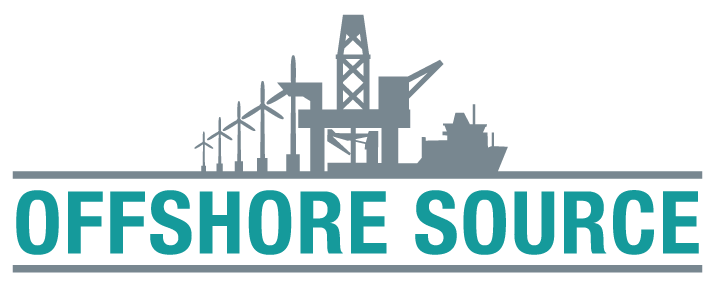
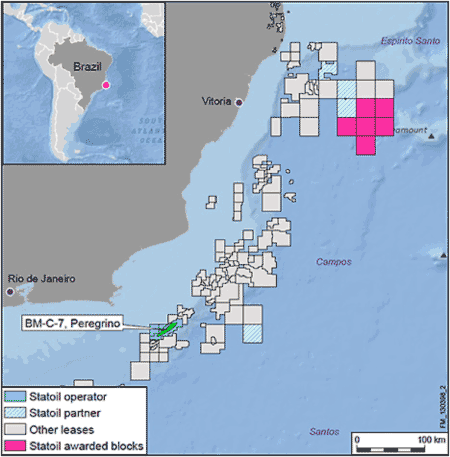
 In the construction of a subsea project, one challenge is the long delivery time of large steel forgings used for key components. This is mainly due to compliance with oil companies’ individual requirements.
In the construction of a subsea project, one challenge is the long delivery time of large steel forgings used for key components. This is mainly due to compliance with oil companies’ individual requirements.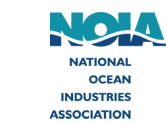 Megan Bel has joined the staff of the N
Megan Bel has joined the staff of the N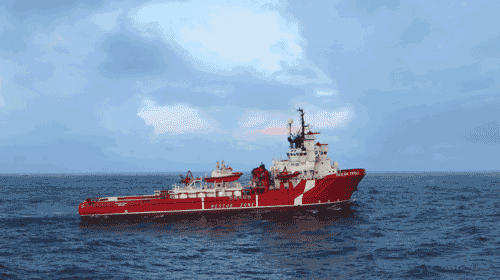
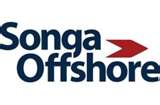
 Crowley as vice president of Carib Energy, reporting to Jackson. Buffington will continue to develop and expand the company’s Caribbean and Central America opportunities for small-scale LNG applications. His experience is deeply rooted within the international propane gas industry where he spent 31 years in varying capacities. He was the founder of EFG Industries, an international supplier of liquefied petroleum gas (LPG) equipment, engineering and plant construction.
Crowley as vice president of Carib Energy, reporting to Jackson. Buffington will continue to develop and expand the company’s Caribbean and Central America opportunities for small-scale LNG applications. His experience is deeply rooted within the international propane gas industry where he spent 31 years in varying capacities. He was the founder of EFG Industries, an international supplier of liquefied petroleum gas (LPG) equipment, engineering and plant construction.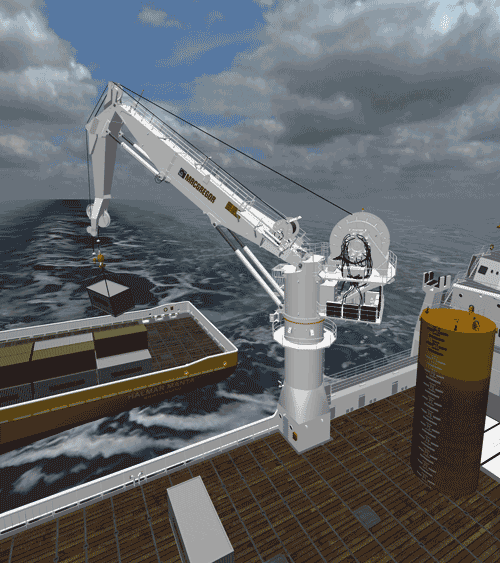
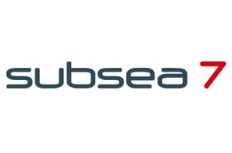
 based in Dubai, UAE.
based in Dubai, UAE.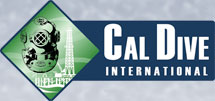 Cal Dive International, Inc
Cal Dive International, Inc